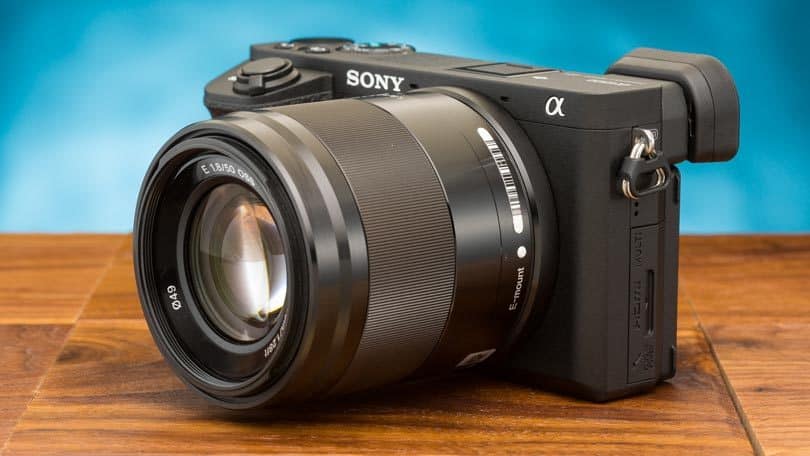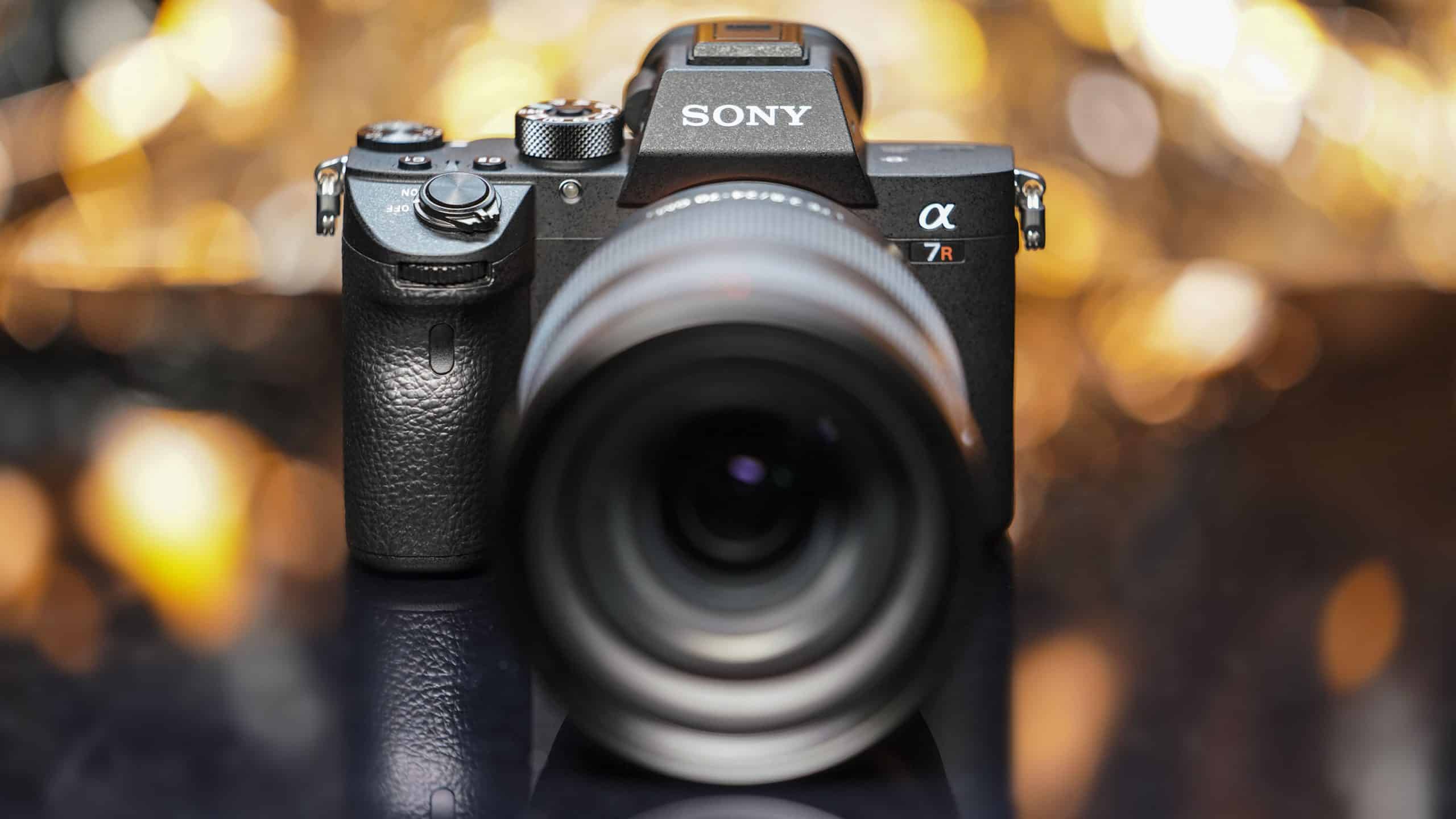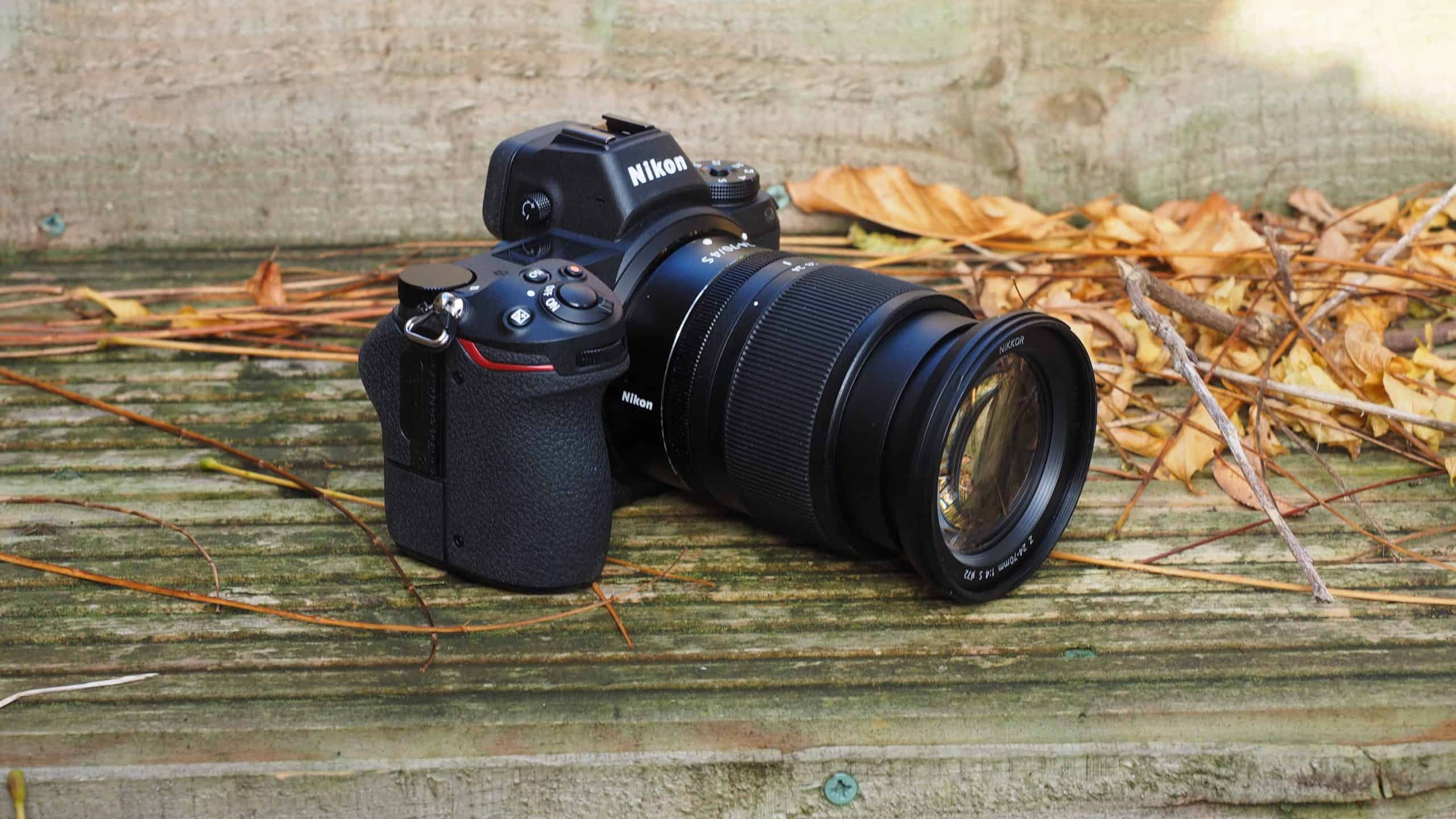If you have been experimenting with photography and advanced photographic techniques, you may wonder how to put a digital slave flash on a camera. The best digital cameras, after all, typically allow for this kind of procedure. Keep reading to find out.
KEY TAKEAWAYS:
- A digital slave flash is a standalone flash unit that attaches to modern cameras for added lighting versatility.
- The setup is a breeze, as the slave flash kit should include everything you need to get started.
- You can use multiple external flashes for multi-flash setups or place a slave flash far from your camera to create unique lighting effects.
What is a Digital Slave Flash?
Before you learn how to attach a flash to your camera, it will be helpful to understand what one is and what it does. Slave flashes, or external flashes, are self-contained flash units that respond to external triggers, such as a button. These slave flashes are typically found at professional photography studios and used with high-grade digital cameras.
Insider Tip
Have plenty of extra batteries handy to power whatever external flashes you are using.
How to Attach an External Flash to a Camera
These slave flashes, sometimes known as a pop-up flash, are typically sold as kits that include the standalone flash unit, a cable, and a button to activate the flash. All you need to do is follow the instructions to manually attach the flash unit to your camera. Each external flash unit and camera are designed differently, so the exact nuts and bolts of the attachment procedure may vary. In most cases, you will not need any additional tools, as the slave flash kit should come with everything you need. As for difficulty, it’ll be easy and in line with putting an old manual lens on a digital camera.
Benefits of a Digital Slave Flash
There are some good reasons why professional and amateur shutterbugs alike experiment with digital slave flashes.
Multi-Flash Setups
You can use multiple slave flashes to creative effect by setting up multi-flash setups. These additional flashes can be arranged to illuminate at different intervals to create unique photographic aesthetics or to just achieve the desired lighting effect. Many professional photo studios use this technique when photographing human subjects, finished recipes, or when looking to create unique flash pictures.
Greater Control
A slave flash allows for greater control over your lighting situation than a built-in flash, particularly if your camera’s integrated flash is not typically helpful. You don’t have to attach the flash to the camera, after all, so it can be placed at various distances for different effects. If you are taking your slave flash outside the confines of your photography studio, be sure to store it in a weather-resistant case. This is something you should also do when trying to protect a digital camera from freezing rain.
Warning
You may have to experiment a bit before you find the right flash interval for your photos, particularly when it comes to multi-flash setups.
F.A.Q.S
Does the brand matter?
Many reputable companies make these external flashes, which are sometimes called a shoe-mount flash.
How to trigger an off-camera flash with the pop-up flash?
This depends on how the shoe-mount flash is to be used. Consult the instruction manual before attempting to add any extra light or background light.
Do you need to use a slave flash?
Not necessarily, though they can enhance the lighting with digital cameras. Be aware, you may need extra batteries to power this additional light.
STAT: Studies of magnesium by Bunsen and Roscoe in 1859 showed that burning this metal produced a light with similar qualities to daylight. The potential application to photography inspired Edward Sonstadt to investigate methods of manufacturing magnesium so that it would burn reliably for this use. (source)

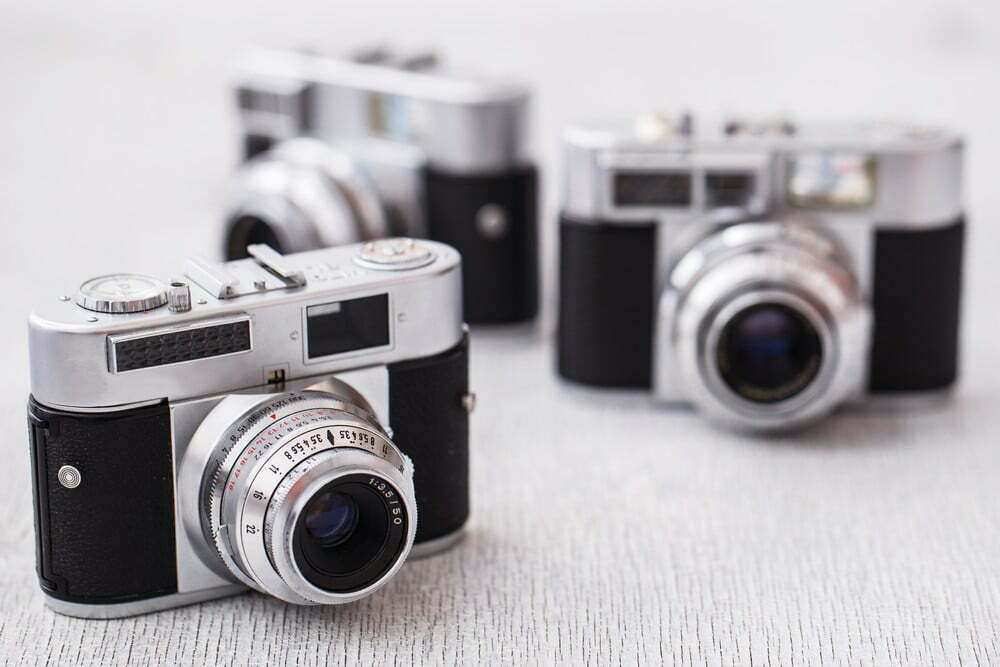



















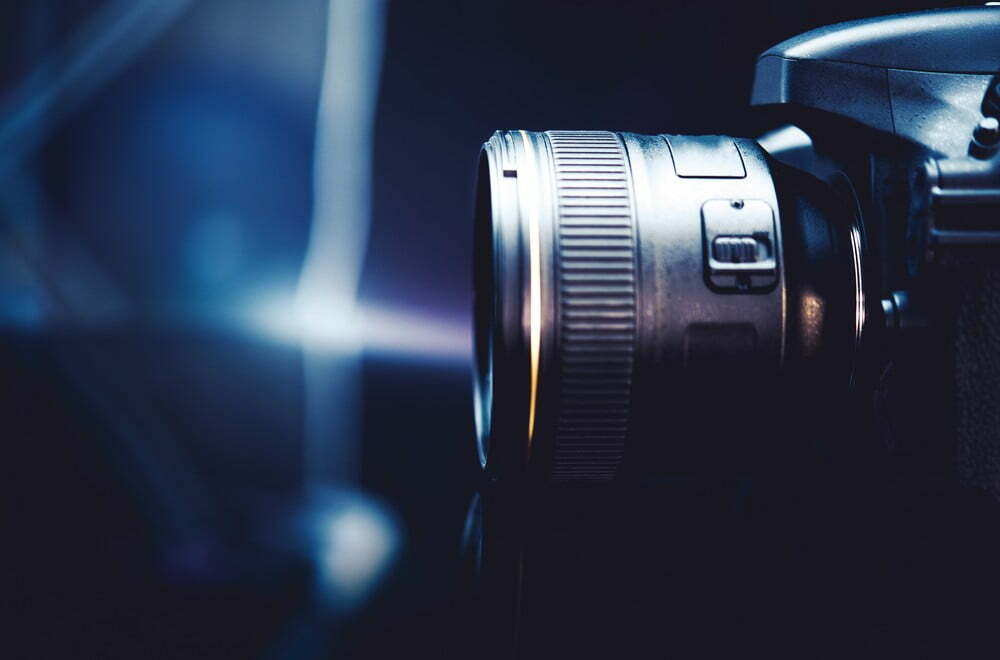

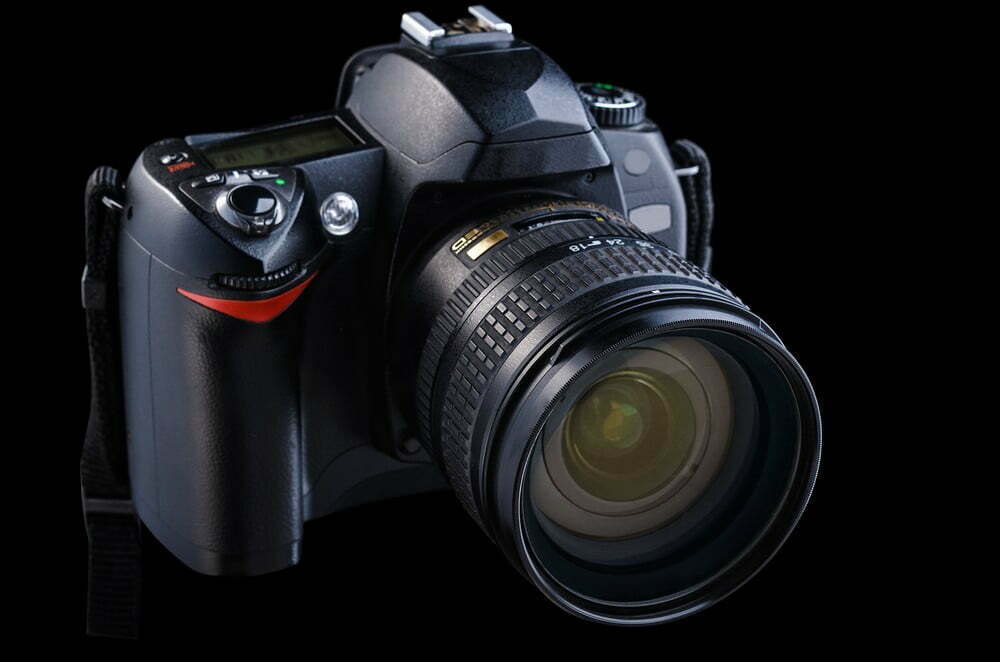
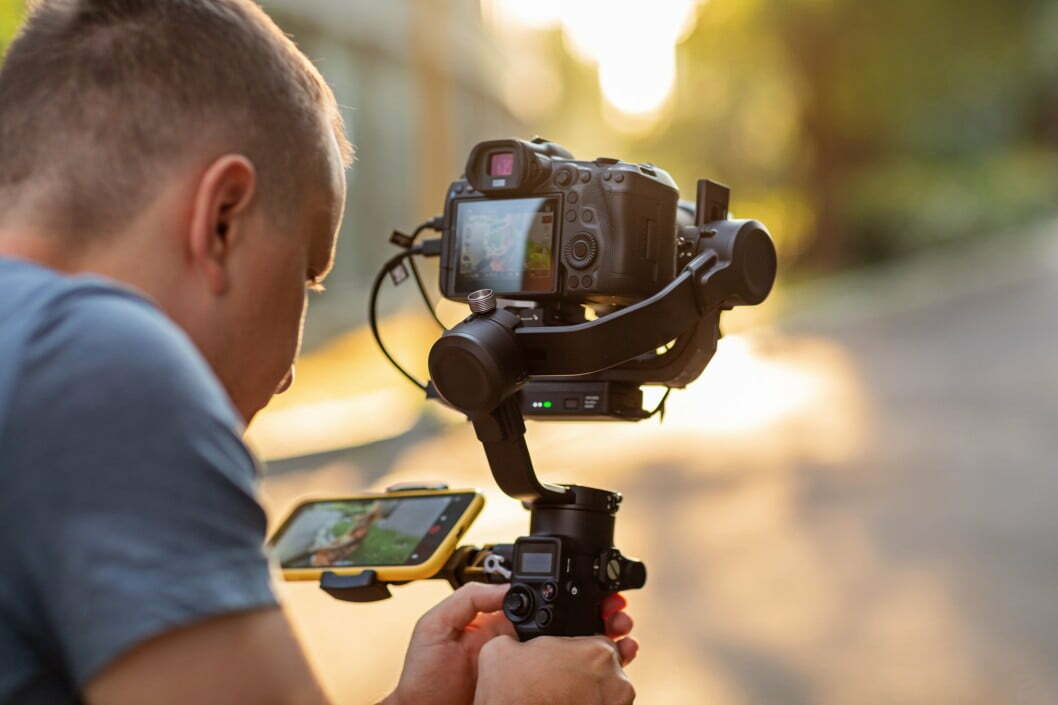
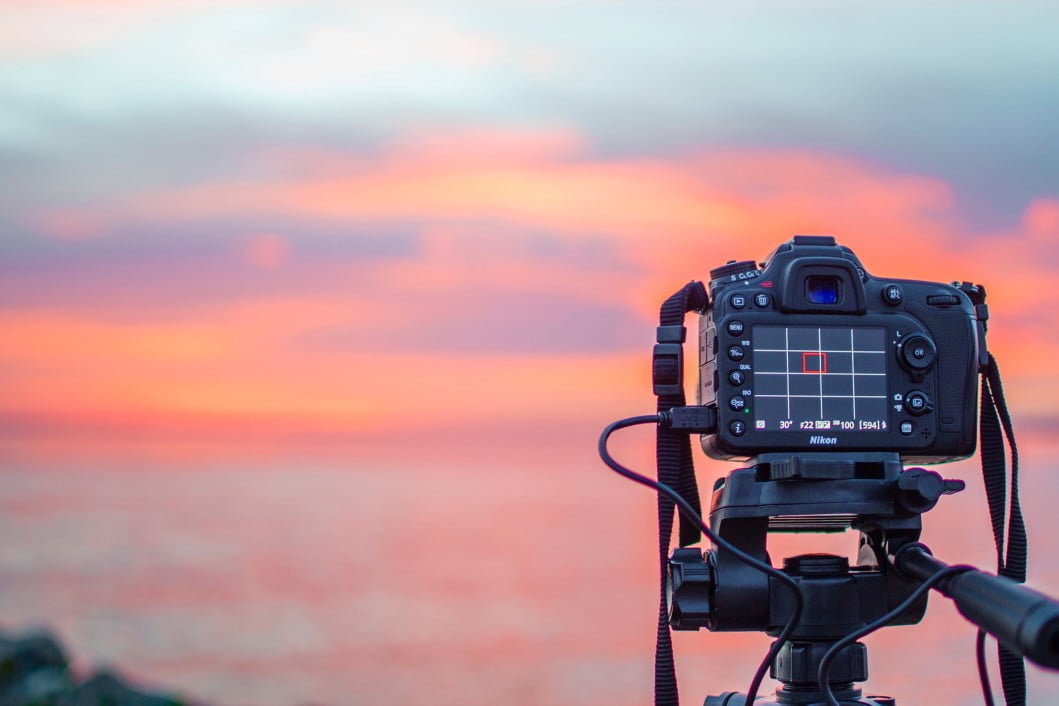

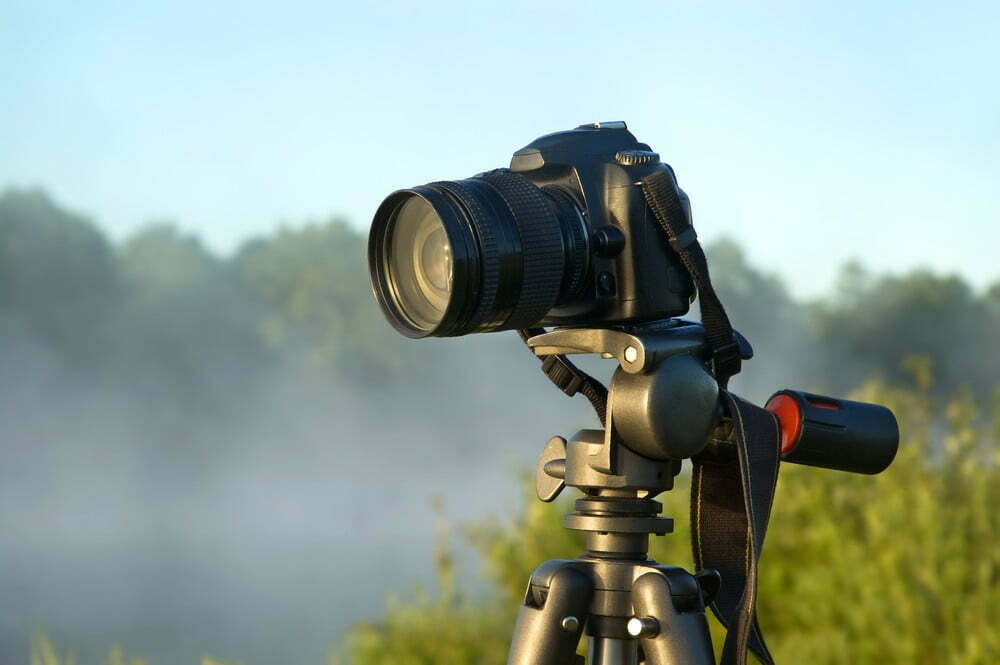
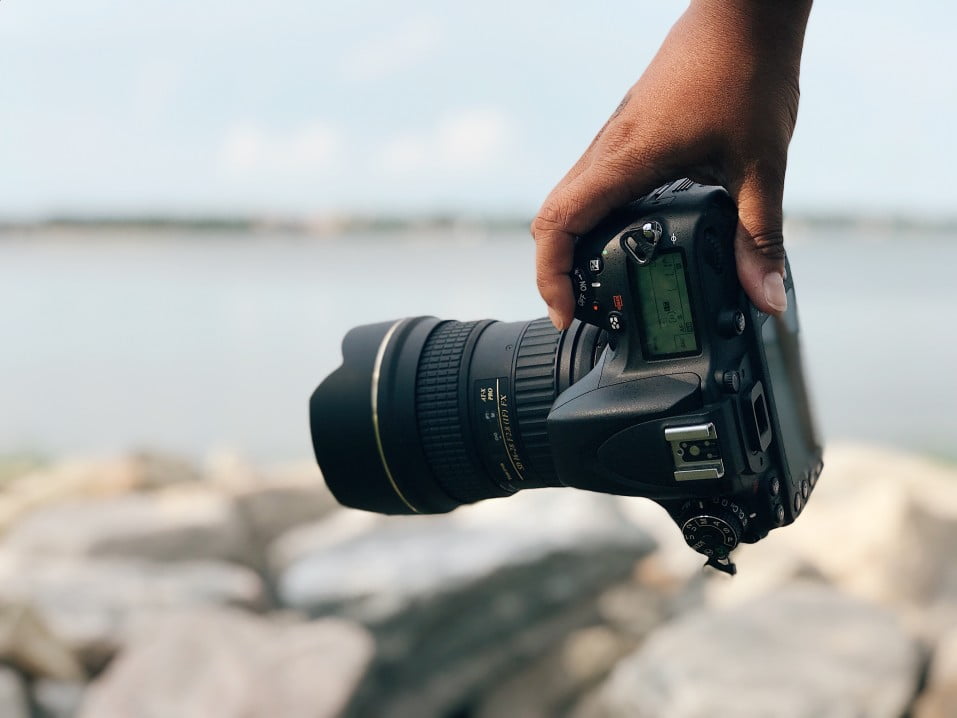
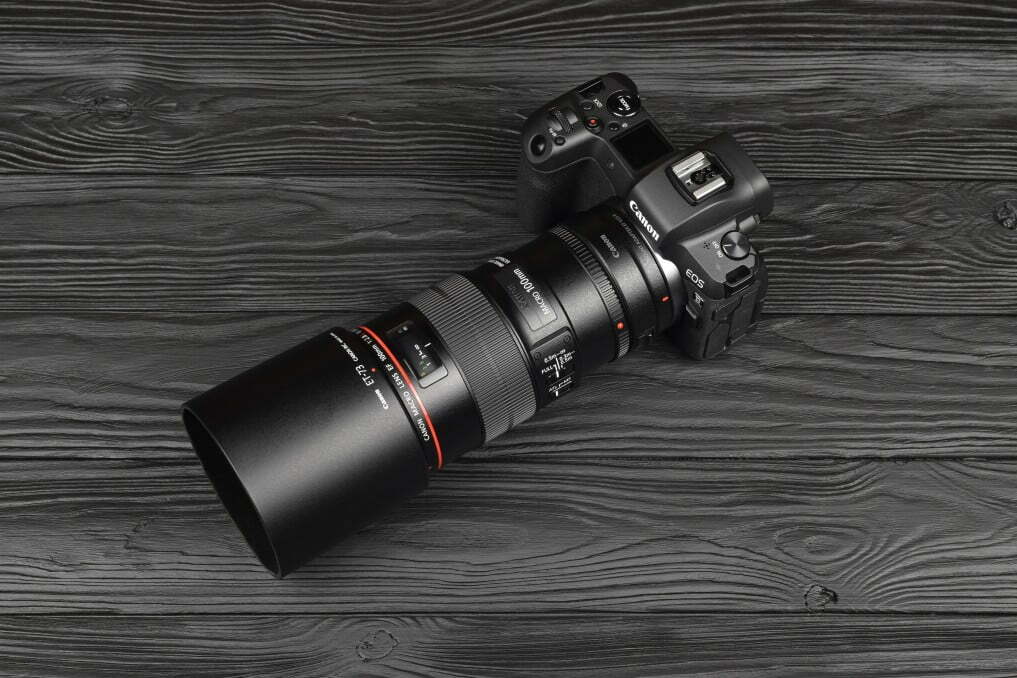
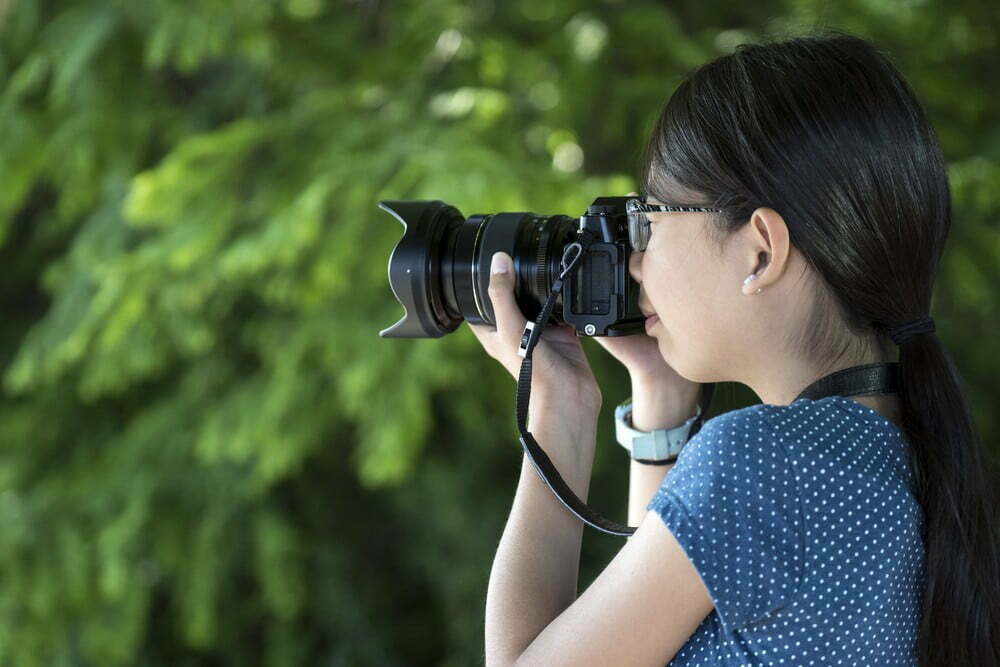
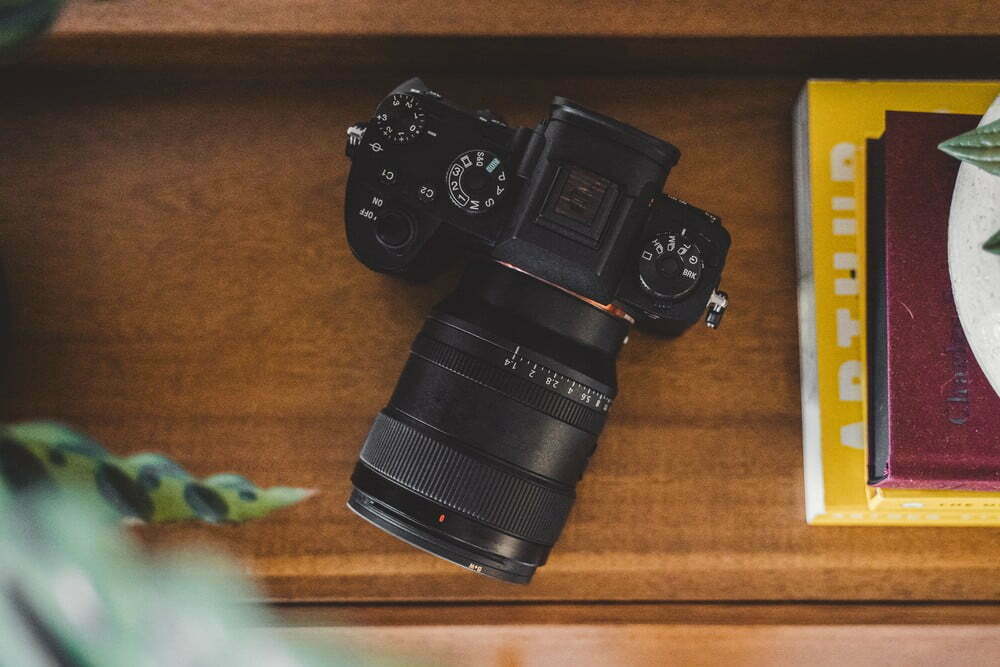
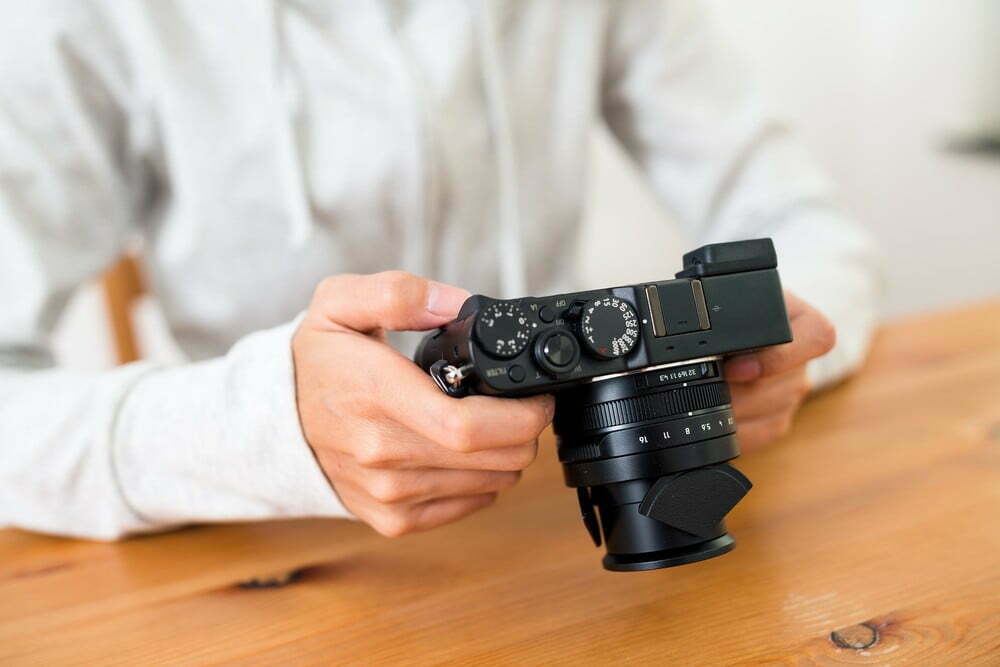

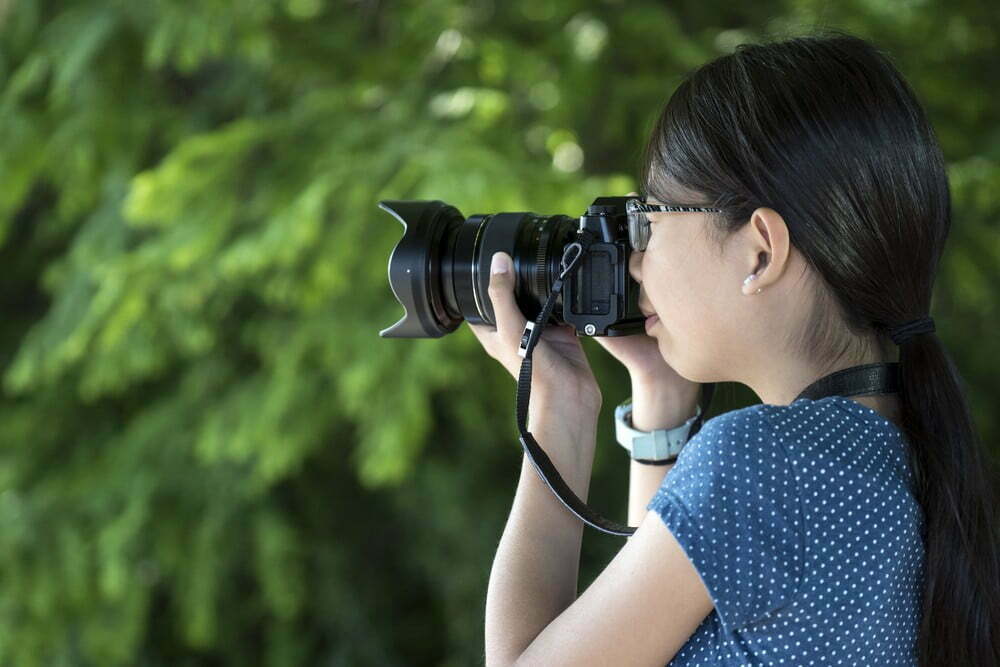
![Best Point and Shoot Camera in [year] ([month] Reviews) 27 Best Point and Shoot Camera in 2025 (October Reviews)](https://www.gadgetreview.dev/wp-content/uploads/Nikon-Coolpix-B500.jpg)
![Best Underwater Camera in [year] ([month] Reviews) 28 Best Underwater Camera in 2025 (October Reviews)](https://www.gadgetreview.dev/wp-content/uploads/best-underwater-camera-image.jpg)
![Best Digital Cameras in [year] ([month] Reviews) 29 Best Digital Cameras in 2025 (October Reviews)](https://www.gadgetreview.dev/wp-content/uploads/what-is-resolution-on-digital-camera-1.jpg)
![Best Digital Camera Docking Stations in [year] 30 Best Digital Camera Docking Stations in 2025](https://www.gadgetreview.dev/wp-content/uploads/best-digital-camera-docking-stations-image.jpg)
![Best Vlogging Camera in [year] ([month] Reviews) 31 Best Vlogging Camera in 2025 (October Reviews)](https://www.gadgetreview.dev/wp-content/uploads/best-vlogging-camera-image.jpg)
![Best Mirrorless Camera in [year] ([month] Reviews) 32 Best Mirrorless Camera in 2025 (October Reviews)](https://www.gadgetreview.dev/wp-content/uploads/best-mirrorless-camera-image.jpg)
![Best GoPro in [year] ([month] Reviews) 33 Best GoPro in 2025 (October Reviews)](https://www.gadgetreview.dev/wp-content/uploads/best-gopro-image.jpg)
![Best Digital Camera Tripods in [year] 34 Best Digital Camera Tripods in 2025](https://www.gadgetreview.dev/wp-content/uploads/best-digital-camera-tripods-image.jpg)
![Best Canon Digital Cameras in [year] 35 Best Canon Digital Cameras in 2025](https://www.gadgetreview.dev/wp-content/uploads/best-canon-digital-cameras-image.jpg)
![Best Polaroid Digital Cameras in [year] 36 Best Polaroid Digital Cameras in 2025](https://www.gadgetreview.dev/wp-content/uploads/best-polaroid-digital-cameras-image.jpg)
![Best Small Digital Camera Cases in [year] 37 Best Small Digital Camera Cases in 2025](https://www.gadgetreview.dev/wp-content/uploads/best-small-digital-camera-case-image.jpg)
![Best Digital Camera USB Cables in [year] 38 Best Digital Camera USB Cables in 2025](https://www.gadgetreview.dev/wp-content/uploads/best-digital-camera-usb-cable-image.jpg)
![Best Digital Camera Bags in [year] 39 Best Digital Camera Bags in 2025](https://www.gadgetreview.dev/wp-content/uploads/best-digital-camera-bag-image.jpg)
![Best Sony Digital Cameras in [year] 40 Best Sony Digital Cameras in 2025](https://www.gadgetreview.dev/wp-content/uploads/best-sony-digital-cameras-image.jpg)
![Best Digital Camera Accessories in [year] 41 Best Digital Camera Accessories in 2025](https://www.gadgetreview.dev/wp-content/uploads/best-digital-camera-accessories-image.jpg)
![Best Kodak Digital Cameras in [year] 42 Best Kodak Digital Cameras in 2025](https://www.gadgetreview.dev/wp-content/uploads/best-kodak-digital-cameras-images.jpg)
![Best Panasonic Digital Cameras in [year] 43 Best Panasonic Digital Cameras in 2025](https://www.gadgetreview.dev/wp-content/uploads/best-panasonic-digital-cameras-image.jpg)
![Best Video Cameras in [year] ([month] Reviews) 44 Best Video Cameras in 2025 (October Reviews)](https://www.gadgetreview.dev/wp-content/uploads/best-video-cameras-image.jpg)
![Best Compact Cameras in [year] 45 Best Compact Cameras in 2025](https://www.gadgetreview.dev/wp-content/uploads/best-compact-camera-image.jpg)
![Best Digital Cameras with Wifi in [year] 46 Best Digital Cameras with Wifi in 2025](https://www.gadgetreview.dev/wp-content/uploads/best-digital-camera-with-wifi-image.jpg)

















